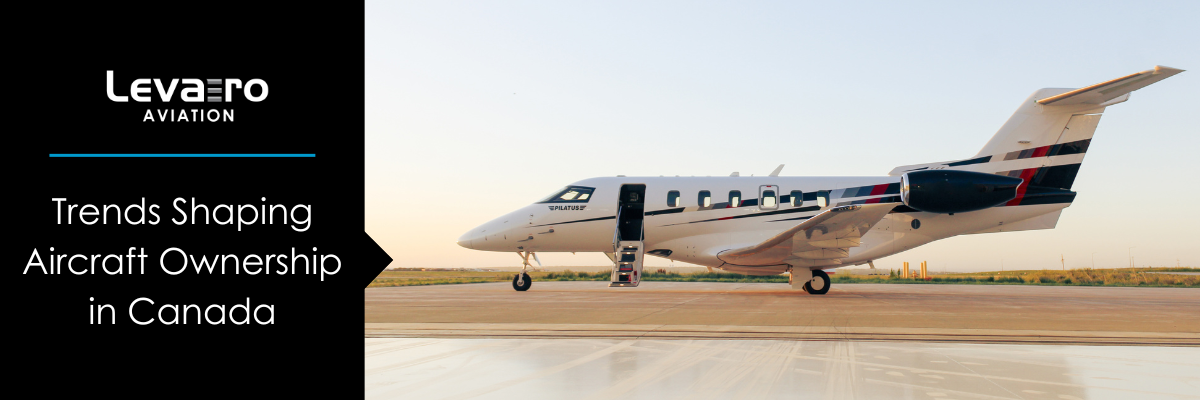Written by Stan Kuliavas
Beyond transporting people; Here’s how our holiday staples are supported through flight.
The holidays are a time of togetherness; where connectivity is key. This connectivity, though brilliantly maintained through platforms like this, email and social media, reaches its pinnacle through air transportation. Connecting people in a way that was once impossible, I enjoy taking the time to reflect and showing gratitude for the innovation we’ve seen to date.
Below, in the spirit of the holiday season, I invite you to take a look back at how millions of people rely on aviation to return home, cook their traditional holiday meals, and receive the products and services they need to make the Holiday season a special time.
Home for the Holidays
One point of certainty that can be guaranteed to occur year over year? The frequency of flying inevitably increases during the holidays. Though many travellers are headed home to loved ones, a significant amount are also flying for business; working across the globe and around the clock to meet year-end deadlines that can be expedited from the conveniences of private aviation. In addition to being able to land at locations not serviced by commercial airlines, private aviation also allows for travelers to choose their flight times. With this in mind – and during the holiday season more than ever – it’s aviation that marks a hallmark efficiency tool in making togetherness possible for all.
Travel and tourism
The holidays also mark high-time for leisure travel. Over the final two weeks of December, many families and individuals take this time to go on vacation somewhere warmer or simply, farther away. The widely-held belief that vacation travel via aircraft is having a negative impact on the planet was also interestingly rebutted by journalist Costas Christ in the New York Times last month. He reminds readers to ask the question: “If we really did all stop flying, would that save the planet?” and continues to challenge the notion by saying “the counterintuitive answer is that it might actually do the opposite.” He raises an interesting point about the positive impact travel and tourism can have on the environment. For example, with Africa projected to generate more than $260 billion annually by 2030, according to Christ, it’s clear that travel lends itself to positive opportunities in various regions. Without this income the economy will plummet, putting an end to many of the local initiatives that use that funding to help endangered species and ecosystems needing resource in the area, for example.
Transportation of goods
While the kids rely on Santa and his reindeer to bring the presents on Christmas day, us adults rely on commercial flights and express shipping to make sure spirits stay high. This “engine” of the holiday season is powered, of course, through aviation. No ship, car or train could transport goods the way aircraft do. That Amazon Prime order you’re expecting at your door? The gift you special ordered from across the globe at the last minute? Even the food you rely on being readily available in your local grocery store in order to cook your Christmas meal is completely dependent on flights. So, when we think about the real magic of the holiday season, it’s important to remember (and appreciate!) the pilots, aircraft maintenance engineers and flight staff behind the scenes who, along with the actual marvel of machinery, make magic happen.
The Gift of Giving
Forget about the presents, family dinners and shopping stresses; without air travel, the everyday necessities we take for granted would be much harder to come by this holiday season. The holidays are a time for giving, and while many of us think about how we can be giving something extra, many are wondering if they’ll be able to rely on the products and services they need to make it through the holiday season. From diapers to warm clothes, and everything in between, the bare necessities would be far from easy to access without the powers of aviation.
Additionally, the cost of goods would greatly increase if aircraft were removed from the equation. The only way we’re able to provide daily goods at reasonable prices is thanks to the methods we have in place, allowing us to transport those goods from their country of origin to our homes, either across an ocean, or here to Canada. Many of us – myself included, from time to time – don’t actually think about the cost of shipping on a daily basis. With the rise of ethical and sustainable companies, however, it’s easier to track that impact. For example, the clothing brand Everlane breaks down the cost of each purchase, from item, to tax, to travel cost. Once we’re able to see the cost of shipment – and how far it’s come over the years – we can further understand how lucky we are to be able to move goods as quickly and efficiently as we do.




